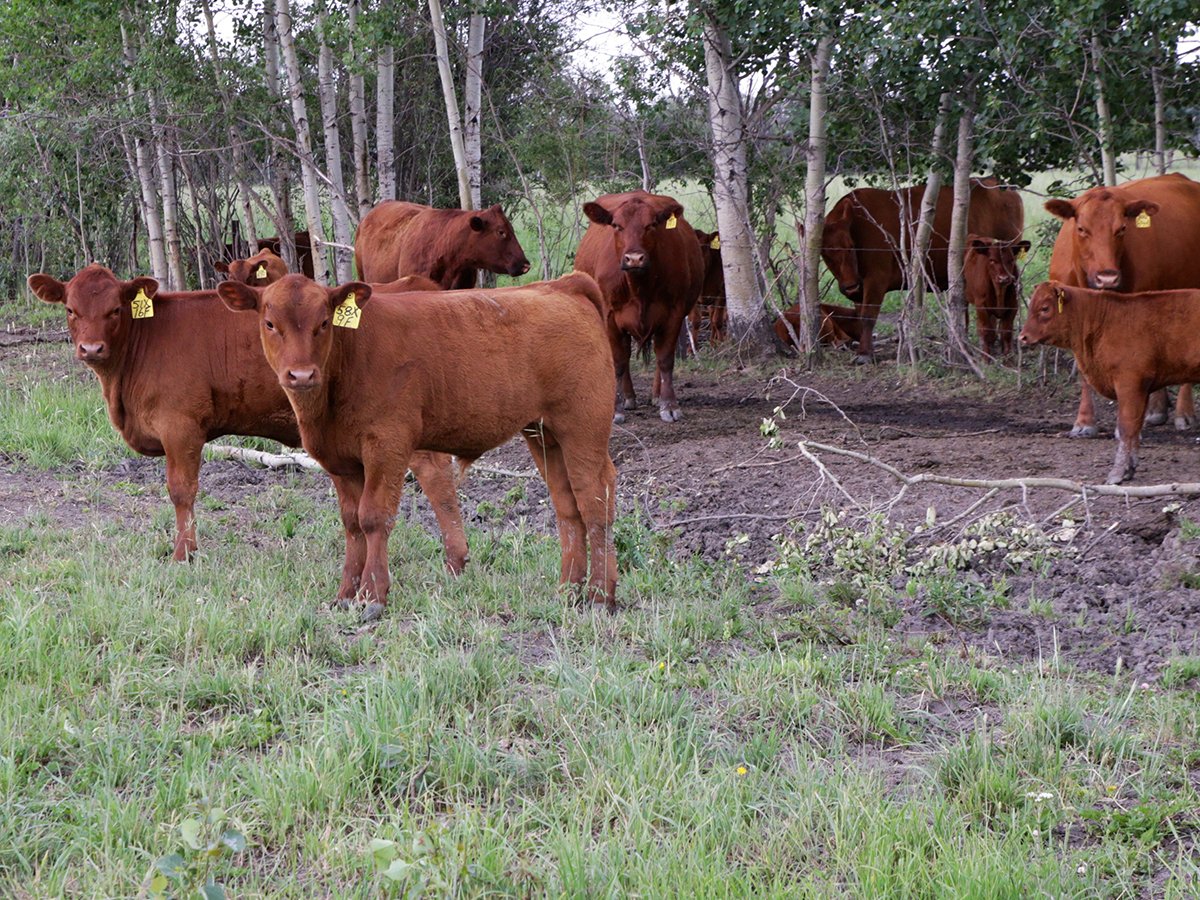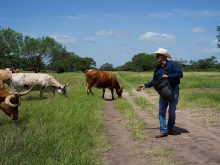A recent Alberta study of horses found that a particular parasitic infection is more common than previously thought.
The parasite, Strongylus vulgaris, was considered to be well controlled by modern deworming medications. However, veterinary pathologists at the University of Calgary undertook the study after noticing an apparent increase in the number of horses affected by this parasite.
They reviewed the records of the 510 horses that underwent an autopsy examination between 2010 and 2022 at the vet school’s Diagnostic Services Unit. Foals younger than two months were excluded because they are too young for the parasite to have reached intestinal blood vessels.
Read Also

Feeder market continues the climb
For the week ending Aug. 30, Western Canadian feeder cattle markets traded $4-8 per hundredweight higher on average.
The concerning results were recently published in the Canadian Veterinary Journal.
Among these 510 horses, 17 per cent had evidence of previous or ongoing infection. There was a wide range of ages affected; the youngest was nine months old, while the oldest was 27 years of age. Eight horses died or were euthanized specifically because of this infection.
Slightly more than 60 per cent of horses with Strongylus vulgaris also had other parasitic infections. This suggests these horses were inadequately dewormed for multiple parasitic species and/or they may have lived in more contaminated environments.
Let’s consider this study in context. Prior to modern deworming medications, this was an important historical disease in horses. More than 80 per cent of individuals were infected worldwide and many experienced the severe consequences.
When ivermectin and related medications became available in the 1990s, the prevalence decreased to the point that veterinarians considered it a rarity.
This small parasite worms its way into the major blood artery that feeds the intestine. Once in this location, it attaches, causing damage and inflammation. The blood vessel can dilate at the site of infection, leaving it thin, weak and prone to sudden rupture.
Damage to the blood vessel wall also promotes blood clot formation. Since they are unstable, blood clots readily break off clumps, which travel down the blood vessels, where they can get stuck.
As the distance from the heart increases, blood vessels gradually taper off, like the branches of a tree. The tiny blood vessels closest to the intestines are the perfect downstream place for blood clots to lodge.
This prevents blood flow to that portion of the gut, depriving it of oxygen and leading to tissue death. Segments of oxygen-deprived, dying intestine are painful and manifest as colic in horses. These damaged guts are also weaker and can rupture, leading to inflammation in the abdomen.
Most often, it is the colon and cecum that are most severely affected. Blood vessels that enter the kidneys and lungs can also become blocked by these clots.
Clinical signs of horses affected by this parasite include symptoms of colic. Horses may be depressed, go off feed, become restless, roll, kick at their belly, sweat and have diarrhea.
This study serves as a reminder of the importance of adequate deworming regimes.
It is a good thing we have effective deworming medication available, but as this study shows, there is tension between minimizing the risk of resistance to antiparasitic medication and the need to adequately control parasitic infections.
The current recommendation to conduct fecal egg counts and deworm accordingly is not ideal for managing Strongylus vulgaris. This is because the parasite causes damage to the blood vessels before eggs are present in the feces. And even with few larvae and thus low egg numbers in the feces, severe damage could have occurred.
In the future, we may have better tests to diagnose this parasite and thus manage these devastating infections. Until then, discuss your concerns with a veterinarian to select the most appropriate deworming regime for your horses.
There are a few important limitations to this study. First, the deworming history of the horses was unknown, so we can’t determine if it is inadequate deworming or if the parasite may be developing some resistance. Secondly, without baseline data showing that the parasite was truly rare in the 1990s and 2000s, we can’t say definitively that the number of horses infected has actually increased.
The lack of data can be traced to the shuttering of Alberta’s world-class veterinary diagnostic laboratory system in the 1990s. However, despite these limitations, this study does offer food for thought. We need to consider this parasite as posing a real and current threat to modern horses.
Dr. Jamie Rothenburger, DVM, MVetSc,PhD, DACVP, is a veterinarian who practices pathology and is an assistant professor at the University of Calgary’s Faculty of Veterinary Medicine. X: @JRothenburger















